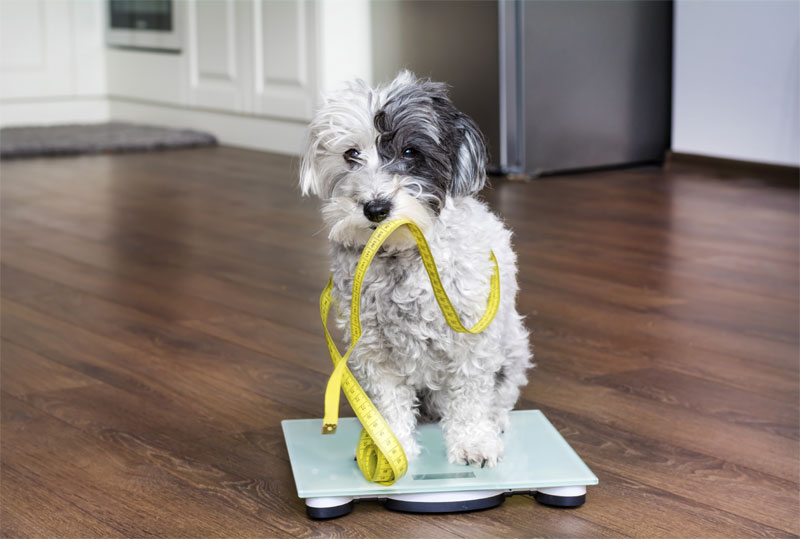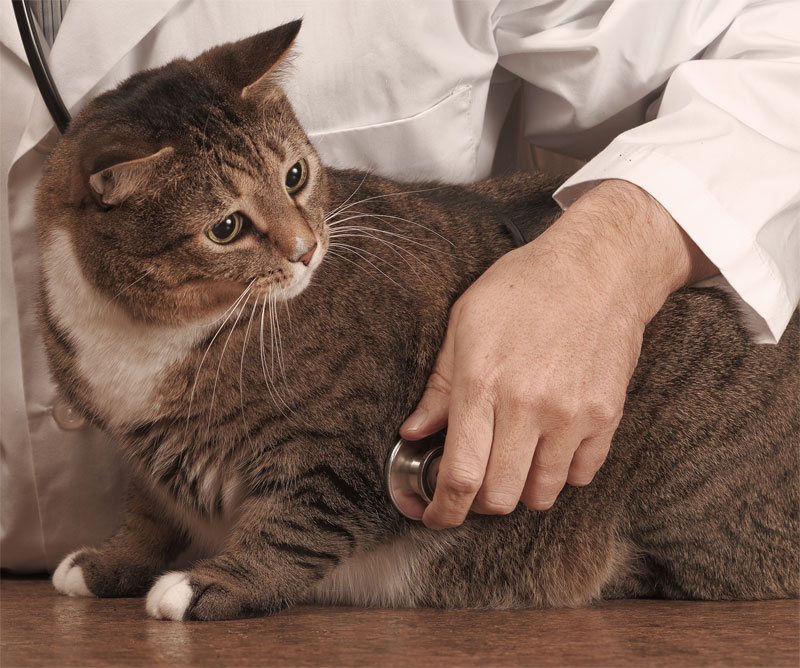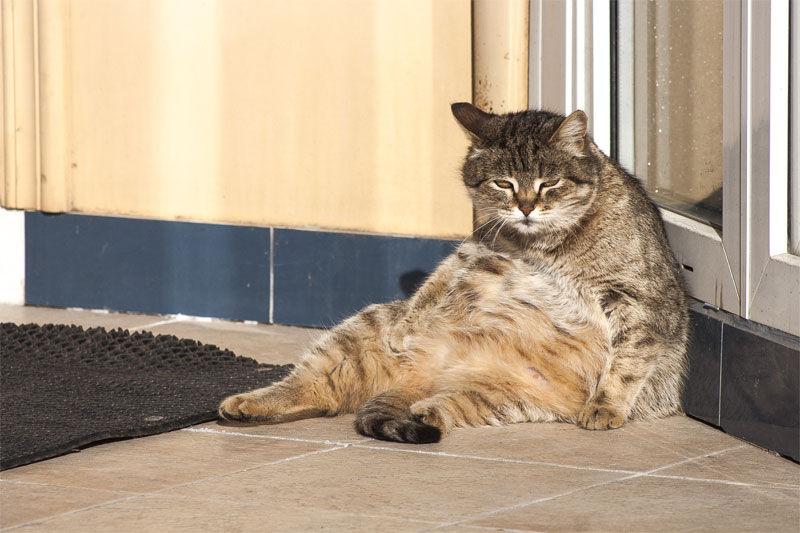Why All Those "Chonky" Pets Actually Aren't Very Cute
The United States has more chubby pets than anywhere else in the world. The internet is flooded with affectionately captioned images of “chonky” cats and dogs, which seem to glorify a very real health problem. With over 50% of pet dogs and cats overweight, obesity isn’t cute; it’s sad. Obesity is the leading health threat for pets, and many Americans don’t know what an unhealthy, overweight pet actually looks like.


What Health Risks Do Obese Pets Face?
Like overweight people, pets packing extra pounds also face additional health risks. Obesity can lower a pet’s life expectancy by more than two years. Overweight pets are more likely to suffer from arthritis, diabetes, respiratory disease, kidney disease, cancer, and cardiovascular problems. Obesity also increases your pet’s risk of injury to bones, joints, and muscle tissues.
By maintaining a pet at a healthy weight with proper diet and plenty of exercise, you’ll give your cat or dog the best chance at living a long, healthy, and happy life.
How to Tell if a Cat or Dog Is Overweight
While there are weight range guidelines for various breeds of cats and dogs, healthy weight is more than just a number on the scale. It’s more about assessing whether your pet’s body composition is healthy, which can be done by examining the pet’s overall body shape.
This chart from the AVMA is very helpful, when assessing the physique of a cat or dog. At a healthy weight, a cat’s or dog’s tummy should tuck in, narrowing as it extends toward the animal’s hind legs. From above, you should be able to see your pet’s waist grow narrow near its hips. Overweight dogs and cats have a tummy that droops and balloons outward without much narrowing toward its hips. Overweight pets might also have rolls of fat above their neck and shoulders. If you can see a pet’s ribs, then the cat or dog is likely underweight.

How to Help Your Pet Lose Weight
There’s no one-size-fits-all solution for helping a pet lose weight. Weight loss will look different for every pet, depending on their age, medical condition, species, breed, and lifestyle, but most weight loss plans include a combination of diet and exercise. The following tips will help you and your pet on your journey to a healthy weight:
- Remember that your whole family needs to commit. That means communicating about feeding schedules and portions and being honest about treats.
- Remember that there are other ways to give a pet praise besides giving them treats.
- Human food should always be off-limits to pets.
- Use a special dish to slow your pet's eating and only feed low-calorie, highly nutritious foods.
- Set realistic goals and track your pet's progress with our veterinarian.
- Keep weight loss fun by exercising with your pet.
Most importantly, if you’re concerned about your pet’s weight, diet, or activity level, our Wisconsin veterinarians at Animal Wellness Center’s five locations are always here to help.









